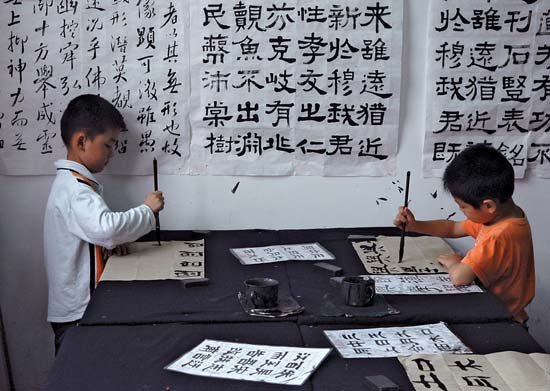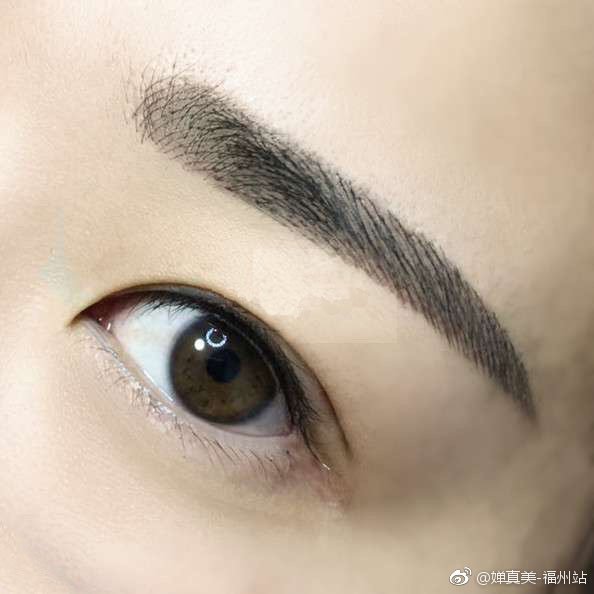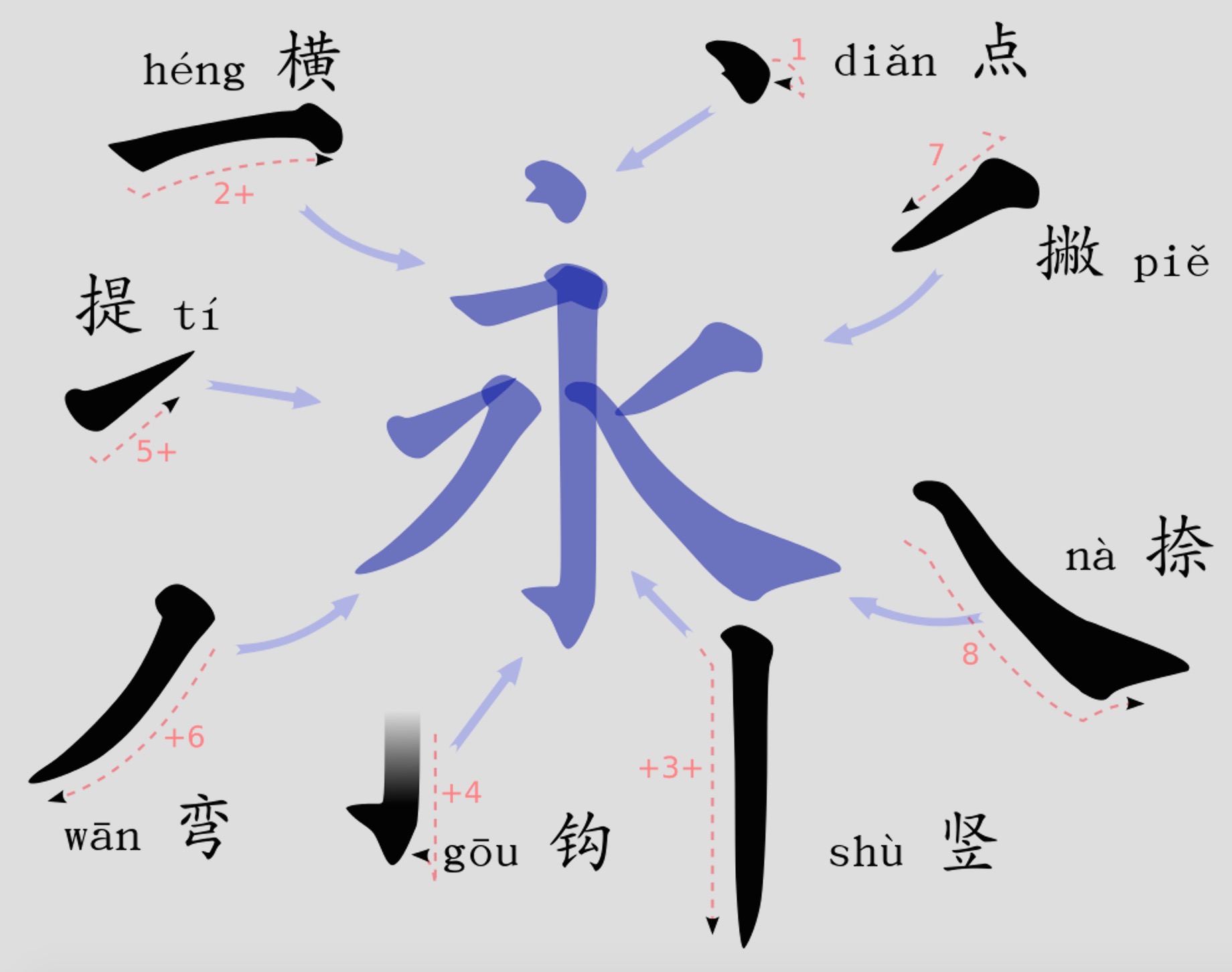Mandarin Month: How Important is Stroke Order When Learning Chinese?
In the lead up to our Mandarin Month mixer on June 24 June 25, where you'll be able to meet with Beijing's best Mandarin schools, we'll be dishing out some language-learning advice on a daily basis. Read on if you don't want to wait to get started on improving your 中文. Mandarin Month is sponsored by Sanfine International Hospital.
When you first start to learn Chinese, it can feel rather overwhelming. There's no alphabet, four (five including neutral) tones, complex characters, and pinyin to get to grips with. With so many parts to juggle, it is understandable if your teacher spares you the added challenge of learning the correct Chinese character stroke order (笔顺 bǐshùn) when you first begin.
Despite the fact that most phones and computers have the ability to write Chinese characters by inputting pinyin, learning the stroke order is important if you want to improve your fluency in Chinese.

The rules when writing characters (with examples) are as follows:
1. Write from top to bottom, and left to right (三)
2. Horizontal before vertical (一 in 十)
3. Character-spanning strokes last (丨in 聿)
4. Diagonals right-to-left before diagonals left-to-right (丿in 文)
5. Center before outside in vertically symmetrical characters (亅 in 水)
6. Enclosures before contents (put people inside first, then close the door) (口 in 回)
7. Left vertical stroke before enclosing stroke (丨in 口)
8. Bottom enclosures last (辶 in 道)
9. Dots and minor strokes last (丶 in 玉)
These rules aren’t as complicated as they seem and actually do make a lot of sense when put into practice. The majority of us are right-handed and writing from top to bottom and left to right would have made sense back in the olden days in order to avoid smudging the ink. Standardizing the stroke order means an increase in accuracy and readability; even with messy handwriting, people can usually decipher the meaning. On the other hand, learning stroke order will allow you to emulate the calligraphy masters and ensure the characters you write are well balanced and more beautiful – maybe.

On the flip side, learning stroke order may seem like a waste of time when you have so many other things to worry about, or if the character is simple and has a small amount of strokes. If you are a Chinese language student, the thought of tediously going over and learning each stroke of each character seems time-consuming and meaningless when you might have to cram hundreds of characters a week for every dictation (听写 tīngxiě).
However, learning the stroke order helps you to understand the character intimately, and you'll notice that you start to take notice of certain elements of the character that you may not have done otherwise, as well as appreciate the radicals, which often indicate a character's vague meaning. The 214 radicals not only act as building blocks, but also as signposts pointing towards the meaning and pronunciation of the character. More importantly, learning stroke order is like rote learning, it aids your memorization of the character as a whole.
You'll also find that once you have perfected the stroke order, it is easier, neater, and faster to write characters in general. You'll find that there's an element of muscle memory involved – drilling the characters into your brain will help your hand find its way, often before your brain does. This comes in very handy if you hit a wall in exams.
Lastly, the number of strokes is used to classify Chinese characters in dictionaries and while everyone has Pleco on their phones, no matter how good your drawing skills are, writing the character in its correct order is the quickest and most precise way for Pleco to recognize and search for it.
And there you have it, all the reasons to learn stroke order and just one mediocre excuse not to: time. So, what are you waiting for? Time to start practicing!
Keep on track with your studies with all of our 2017 Mandarin Month content here, and don't forget to register for our June 24 June 25 mixer here.
If you are interested in becoming an exhibitor at our Mandarin Month Mixer on June 24 June 25 please call 5941 0368 or email sales@truerun.com. For media partnership opportunities, please call 5941 5379 or email marketing@truerun.com.
Images: Wikimedia, Cchar, Chinese Tools, Kids Britannica
Related stories :
Comments
New comments are displayed first.Comments
![]() Submitted by Guest on Mon, 06/05/2017 - 19:59 Permalink
Submitted by Guest on Mon, 06/05/2017 - 19:59 Permalink
Re: Mandarin Month: How Important is Stroke Order When...
What about this one? No matter how many times I keep seeing it over and over on Chinese TV, it always looks incorrect:

Validate your mobile phone number to post comments.







